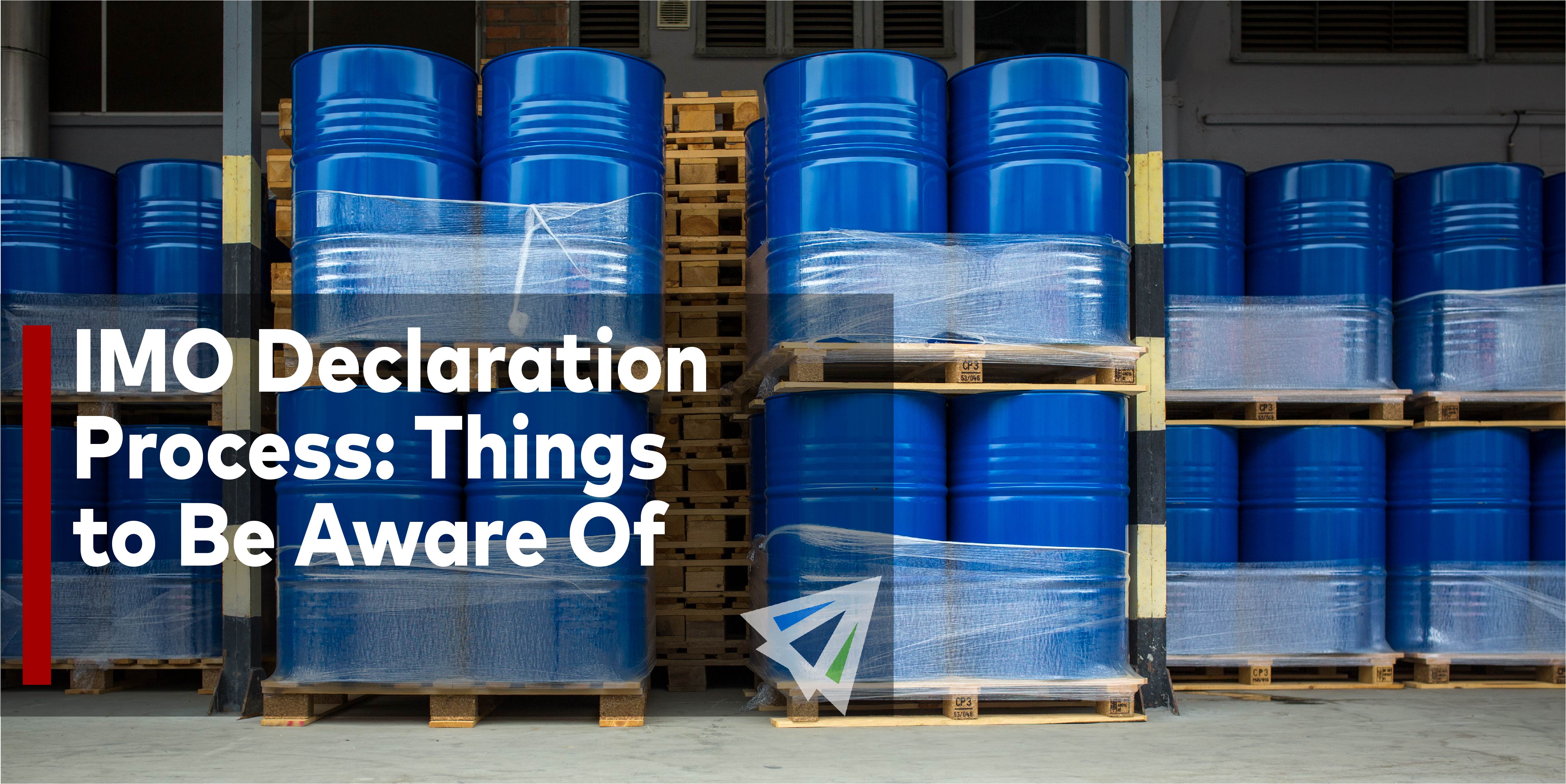Everything in the shipping industry feels like a process, and dangerous goods shipping is no different. If your shipment is considered to contain hazardous materials and is classified as a dangerous good, you will have to go through the IMO Declaration Process.
IMO Declaration Process
The IMO Declaration Process, simply put, involves declaring what dangerous goods you will be loading on a container. It’s not just a question of legalities – properly declaring what goods will be on board the vessel is a matter of safety. If anything leaks or, god-forbid, explodes, and it’s next to other dangerous goods with the potential for interactions, it’s bad news for everyone involved.
The IMO Declaration Process really is more of a “form” than anything, but there are a few things you should be aware of:
Specificity
You’ve probably checked a variety of boxes displaying something along the lines of “Does this container contain hazardous materials?” during your shipping career. It often feels like every form has the question in one way or another.
While the knowledge of whether or not a shipment is hazardous is enough information for a lot of forms, the IMO Declaration process asks for the specifics on exactly what you will be shipping. The carrier and International Maritime Organization need to be 100% informed on the type and amount of hazardous materials you will be shipping. Be fully prepared to provide all of that information.
Shipment Container Information
The IMO Declaration form is going to end up asking you for specifics on the container you’re shipping in. So in a sense, it’s a bit more than a simple commercial invoice for dangerous goods.
The IMO form asks for the Container ID number, seal number, and container size. That may seem like a lot of additional information, but once again, when dealing with dangerous goods, all is done in the name of safety. Specifics on the container those hazardous materials are shipping in is just as important as knowing what’s in the container itself.
Regulation Amendments
No rules last forever. When it comes to dangerous goods shipping, the same is true. The IMO Dangerous Goods form is dictated by the International Maritime Organization (hence the name, IMO). They are responsible for defining the rules and regulations surround dangerous goods shipping by ocean, and the regulations are amended every two years.
Each amendment remains valid for three years, but you’ll have to stay on top of most recent changes if you plan on shipping any dangerous goods.
Wrapping It Up
Shipping dangerous goods is quite the process. One of the things you’ll have to take care of during the transportation process of hazardous materials is an IMO Declaration Form. The IMO Declaration form is created and mandated by the International Maritime Organization, and requires all shippers to fill out exact specifics on the type of hazardous materials they are shipping and details on the container. Keep in mind – the regulations are amended every two years, and each amendment remains valid for three years, so you’ll have to stay up to date if it’s been a while since you’ve last filled out an IMO dangerous goods form!
If you have other questions about the IMO declaration process or other shipping questions, reach out to one of our team members at Interlog USA. We would be happy to answer any questions and provide additional insights.
We also have an IMO Declaration Form you can download!
